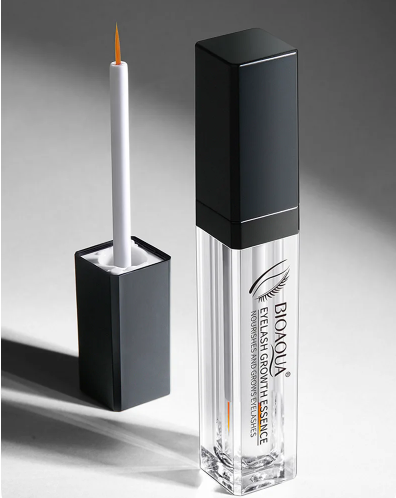In the world of culinary mastery, selecting the right cookware is crucial for achieving the perfect cooking experience. Two popular options that often perplex home cooks are non-stick and stainless steel cookware. In this blog post, we will dissect the pros and cons of each type, enabling readers to make an informed decision based on their cooking preferences, needs, and desired culinary outcomes.
Non-Stick Cookware: Effortless Cooking, Easy Cleanup Non-stick cookware has a special coating that prevents food from sticking to the surface. Here are some advantages and considerations when using non-stick cookware:
-
Effortless cooking: Non-stick surfaces require minimal oil or butter, making it ideal for low-fat cooking and preventing food from sticking, allowing for easy flipping and stirring.
-
Easy cleanup: The non-stick coating facilitates easy cleanup, as food residues slide off effortlessly with minimal scrubbing.
-
Delicate foods: Non-stick pans are perfect for cooking delicate foods like eggs, pancakes, and fish, as they allow for gentle flipping and prevent delicate items from breaking apart.
However, there are a few things to keep in mind when using non-stick cookware:
-
Limited browning: Non-stick surfaces are not ideal for achieving deep browning or caramelization, as they do not promote the Maillard reaction, which adds flavor and texture to certain dishes.
-
Durability concerns: The non-stick coating can wear off over time, especially if metal utensils or abrasive cleaning tools are used. It's important to handle non-stick cookware with care to prolong its lifespan.
Stainless Steel Cookware: Versatility and Durability Stainless steel cookware is known for its durability, versatility, and ability to retain heat. Here are the benefits and considerations when using stainless steel cookware:
-
Even heat distribution: Stainless steel cookware provides excellent heat distribution, allowing for even cooking and preventing hot spots.
-
Browning and searing: Stainless steel pans are excellent for achieving deep browning and creating flavorful seared crusts on meats, enhancing the taste and texture of dishes.
-
Long-lasting: Stainless steel cookware is highly durable, resistant to scratches, and can withstand high temperatures, making it suitable for a wide range of cooking methods.
However, there are a few factors to consider when using stainless steel cookware:
-
Stickiness: Stainless steel surfaces may require additional oil or butter to prevent food from sticking during cooking.
-
Cleanup challenge: Stainless steel cookware can be more challenging to clean, as food residues may adhere to the surface. However, using proper cleaning techniques and non-abrasive tools can help maintain its shine and longevity.
Choosing the Right Cookware for You: To determine which type of cookware suits your needs, consider the following factors:
-
Cooking style: If you frequently cook delicate foods that require gentle flipping, non-stick cookware might be your best choice. If you enjoy achieving deep browning and searing, stainless steel cookware is ideal.
-
Maintenance preference: If easy cleanup is a priority, non-stick cookware simplifies the process. If you don't mind investing a little more effort into cleaning for the sake of durability, stainless steel cookware may be your preference.
-
Versatility: Stainless steel cookware offers more versatility in terms of cooking methods, while non-stick cookware is best suited for specific dishes that require gentle handling.
Choosing the right cookware is an essential decision for every home cook. Non-stick cookware offers easy cooking and cleanup, perfect for delicate foods, while stainless steel cookware




